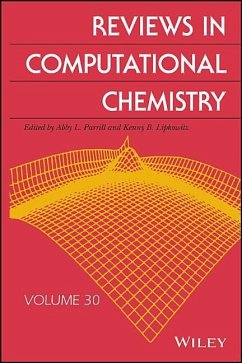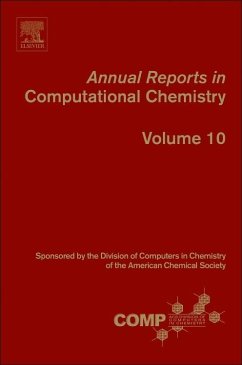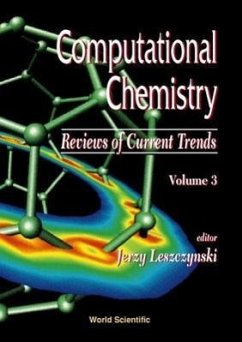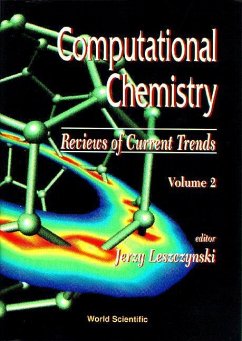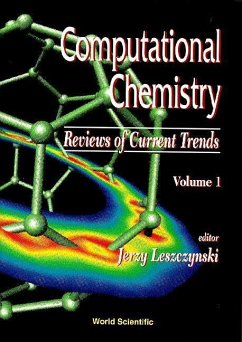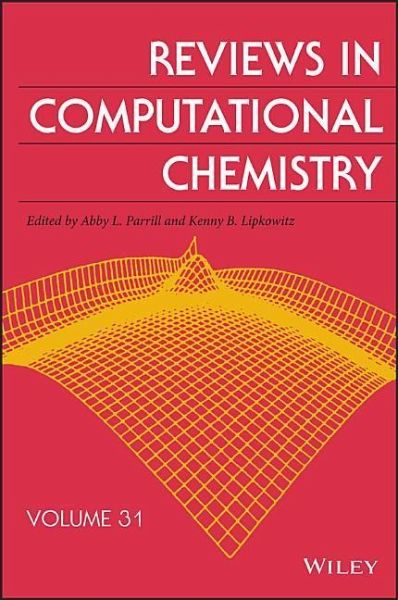
Reviews in Computational Chemistry, Volume 31
Versandkostenfrei!
Versandfertig in über 4 Wochen
284,99 €
inkl. MwSt.
Weitere Ausgaben:

PAYBACK Punkte
142 °P sammeln!
A VALUABLE REFERENCE TO THE METHODS AND TECHNIQUES IN COMPUTATIONAL CHEMISTRY Reviews in Computational Chemistry, Volume 31 brings together in one book a collection of writings from noted authorities in the field. Volume 31 is designed for use by both those new to the field and for seasoned researchers to aid them in selecting and applying new computational chemistry methods to their own research problems. The book's tutorial-style chapters provide both mini-tutorials for novices as well as critical literature reviews highlighting advanced applications. Two themes connect many of the chapters:...
A VALUABLE REFERENCE TO THE METHODS AND TECHNIQUES IN COMPUTATIONAL CHEMISTRY Reviews in Computational Chemistry, Volume 31 brings together in one book a collection of writings from noted authorities in the field. Volume 31 is designed for use by both those new to the field and for seasoned researchers to aid them in selecting and applying new computational chemistry methods to their own research problems. The book's tutorial-style chapters provide both mini-tutorials for novices as well as critical literature reviews highlighting advanced applications. Two themes connect many of the chapters: modeling of soft matter systems such as polymers and proteins and the first principle methods necessary for modeling chemical reactions. The contributors cover a wealth of topics centered on molecular modeling, such as modeling mechanochemical processes and protein internal energy transfer networks, lattice Boltzmann simulations, ab initio potential energy surface construction, catalyst optimization, and uncertainty quantification. This important resource: * Offers a guide to the both the background and theory and the strategies for using methods correctly * Includes information on the pitfalls to avoid, applications, and references * Presents a detailed subject index to help quickly discover particular topics * Uses a tutorial manner and non-mathematical style, that helps to access computational methods outside one's immediate area of expertise Written for computational chemists, theoretical chemists, pharmaceutical chemists, biological chemists, chemical engineers, and others. Reviews in Computational Chemistry, Volume 31 is an essential guide to the modeling of soft manner systems and explains the principle methods needed for modeling chemical reactions.




